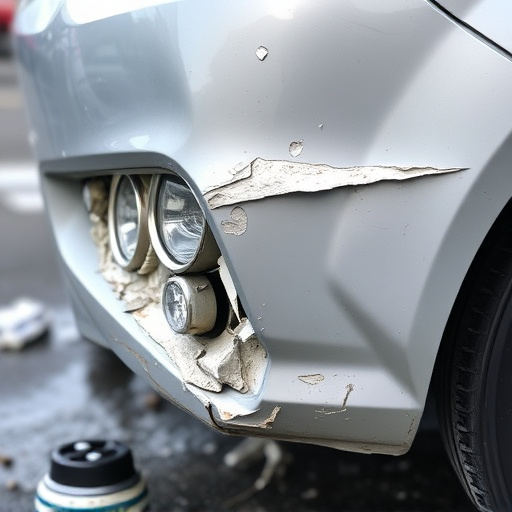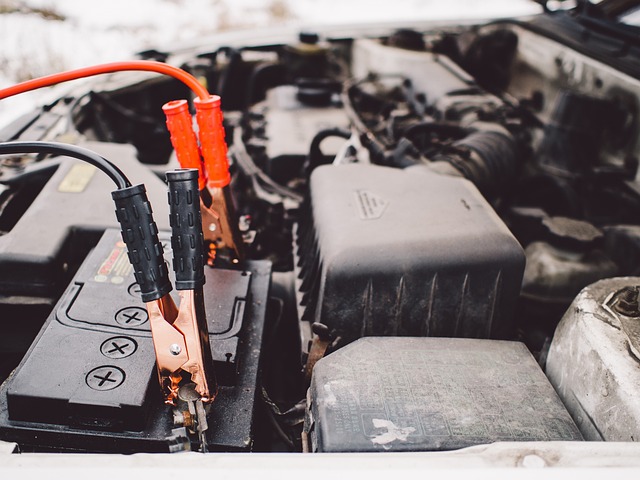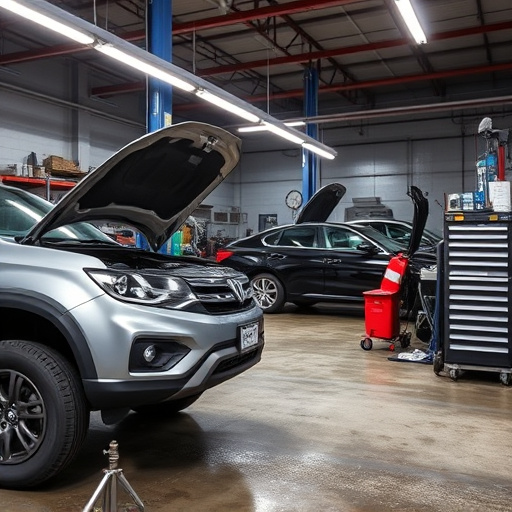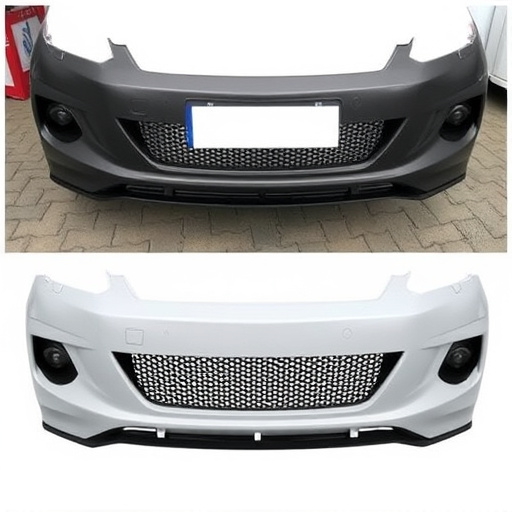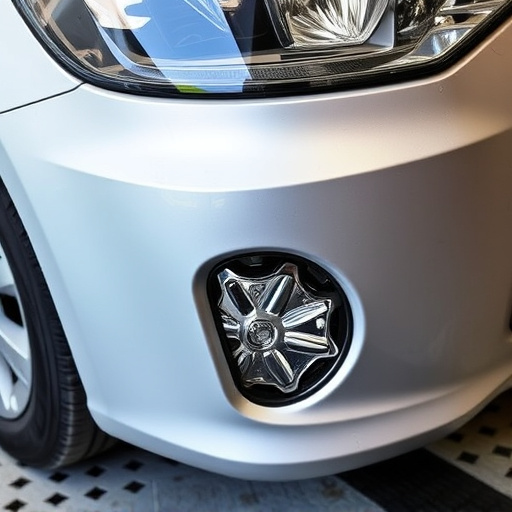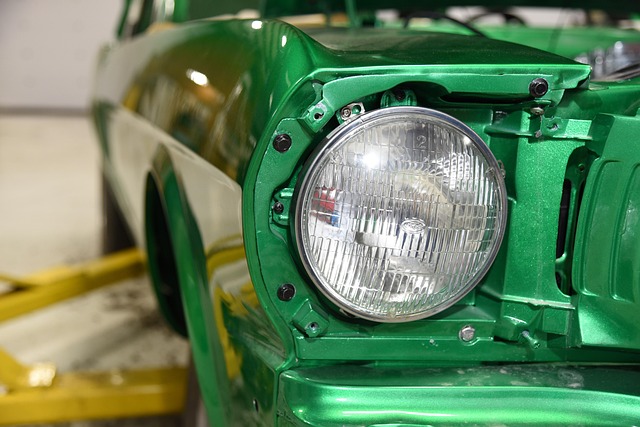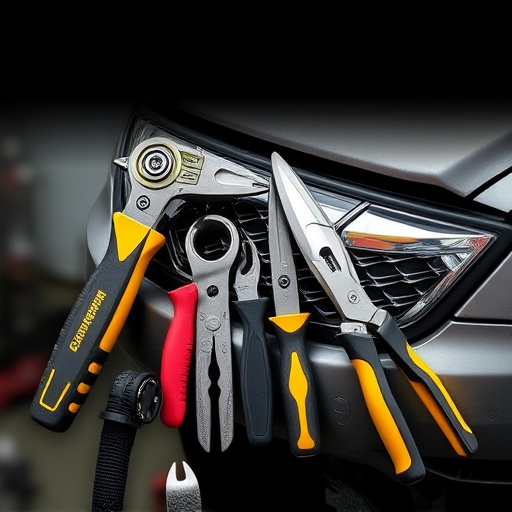Mercedes wheel alignment optimizes tire performance, handling, and longevity of tires, brakes, and suspension. Essential tools include impact wrenches, torque wrenches, feeler gauges, and a digital angle finder for accurate adjustments. Visual checks and measurements are crucial before alignment, detecting damage, uneven wear, or misalignment requiring additional services.
Before scheduling a Mercedes wheel alignment, conduct a DIY check to ensure optimal vehicle performance. Understanding the basics of Mercedes wheel alignment is crucial, as it impacts handling and safety. Gather essential tools for inspection, including a tire gauge and angle gauges. Perform visual checks and measurements to assess any misalignment. By following these steps, you can make informed decisions and save costs on professional services.
- Understand Mercedes Wheel Alignment Basics
- Gather Essential Tools for Inspection
- Perform Visual Checks and Measurements
Understand Mercedes Wheel Alignment Basics

Mercedes wheel alignment is a critical process that ensures your vehicle’s wheels are parallel to each other and properly positioned in relation to the road surface. This is essential for maintaining optimal tire performance, enhancing handling, and preventing excessive wear on tires, brakes, and suspension components. A proper wheel alignment can also improve fuel efficiency and extend the life of your tires.
Understanding the basics of Mercedes wheel alignment involves grasping key terms like camber, castor, and toe. Camber refers to the angle between the wheel and the vehicle’s vertical plane, while castor measures the steering axis’ angle in relation to the vehicle’s centerline. Toe refers to the distance between the front and rear wheels when viewed from above. Balancing these elements ensures your Mercedes handles smoothly, safely, and efficiently during everyday driving conditions, reducing the need for frequent car damage repair or visits to a vehicle repair shop.
Gather Essential Tools for Inspection

Before tackling a Mercedes wheel alignment on your own, it’s crucial to arm yourself with the right tools for the job. This isn’t just about any old wrench and socket set; you’ll need specific tools designed for precise measurements and adjustments in order to achieve accurate results. Start by gathering an assortment of impact wrenches, torque wrenches, feeler gauges, and a digital angle finder. These tools will allow you to safely disassemble the wheels, check for wear and tear on the suspension components, and make the necessary adjustments with confidence.
Remember, incorrect wheel alignment can lead to uneven tire wear, poor handling, and even damage to your Mercedes’ suspension system. Therefore, investing in these essential tools is a vital step towards ensuring that your vehicle repair efforts are both effective and safe. With them in hand, you’ll be better equipped to maintain the integrity of your vehicle’s steering and suspension systems through regular auto maintenance checks.
Perform Visual Checks and Measurements

Before scheduling a Mercedes wheel alignment, it’s crucial to perform thorough visual checks and measurements. Start by inspecting the wheels and tires for any signs of damage or uneven wear patterns. Check for loose lug nuts, misaligned wheels, or any visible deformities in the car’s suspension components. Even minor issues can impact handling and safety, so take note of anything unusual.
Additionally, measure the wheel-to-wheel alignment using a alignment gauge kit. This will help you determine if there are discrepancies in the camber, caster, or toe angles. A well-aligned Mercedes should exhibit balanced measurements within specified tolerances. If you notice significant deviations, it might indicate that your vehicle needs professional attention for issues such as auto body repair or collision repair shop services, rather than just a simple wheel alignment adjustment.
Before scheduling any professional Mercedes wheel alignment service, performing a few DIY checks can help you ensure your vehicle’s safety and performance. By understanding basic alignment principles, gathering the right tools, and conducting visual inspections with measurements, you can spot potential issues and make informed decisions regarding your Mercedes’ care. Remember, proper wheel alignment is crucial for maintaining optimal handling, tire life, and overall driving experience, making these preliminary steps a valuable investment in your vehicle’s longevity.
